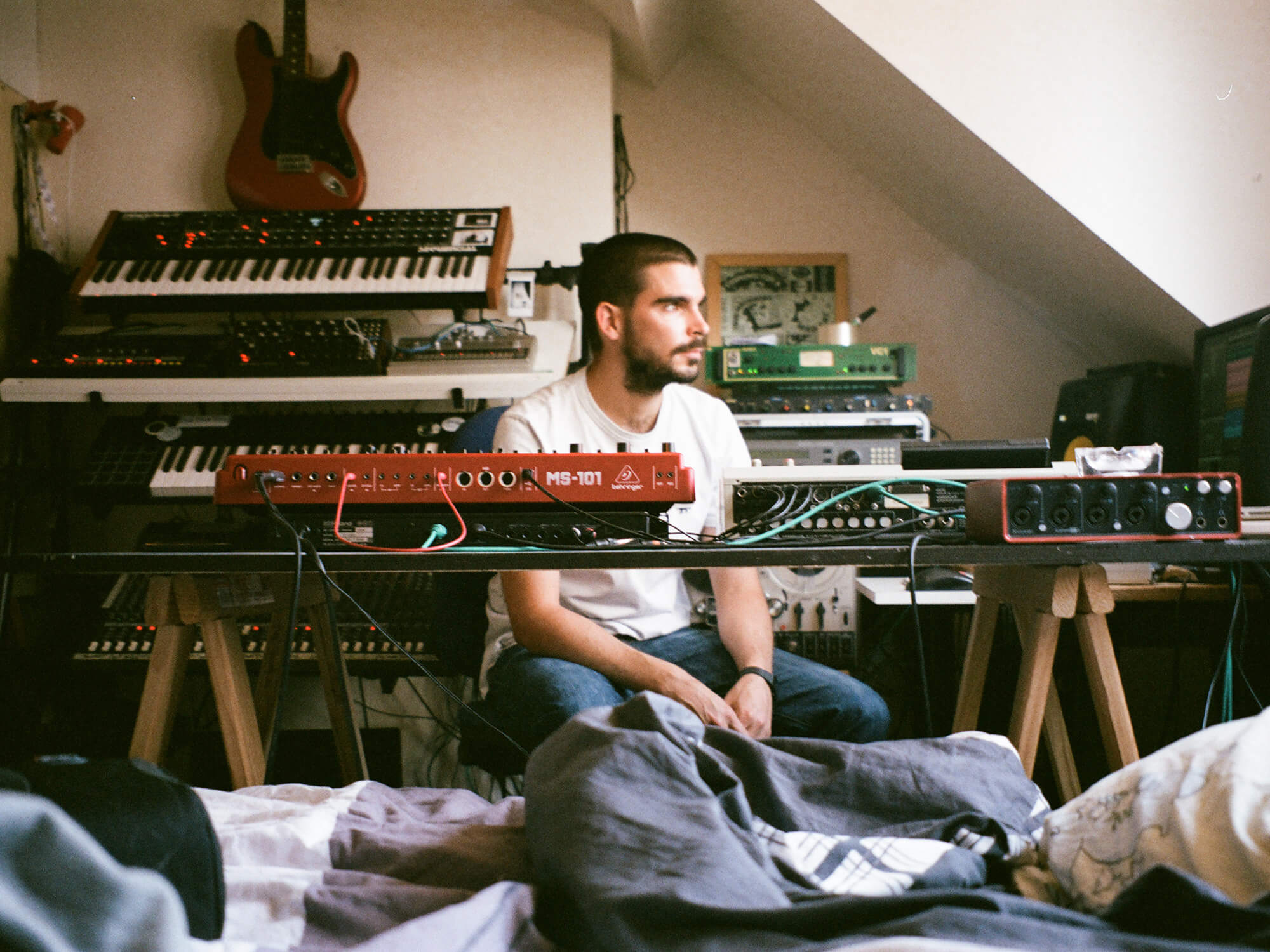
Tour-Maubourg battles tinnitus by producing more records: “I had to keep making music to forget its existence“
The French producer explains how tinnitus tied into his album Spaces of Silence and how moving back to Brussels evoked more intimate emotive music.
Moving back to his old stomping grounds from Paris to his grandparents’ house in Brussels – a nostalgic “madeleine de Proust bubble” where he made music as a teenager – jazz and house producer Tour-Maubourg powered up his old gear and set out creating his latest album, Spaces of Silence. Environmental and process-based changes and reconnecting with old sights, smells and feelings, he tells MusicTech about how he was drawn to making “more personal emotions and melodies.”
Maubourg’s battle with tinnitus became one of the key themes of the record. That explains the album’s title, which alludes to being unable to hear silence, as such. He says music has become one of the few ways to block out uncontrollable tinnitus, with the loud music that once caused the condition now becoming its brief bittersweet saviour.
Asides from the album’s themes, Maubourg dives deep into his favourite gear, both in Brussels and in Paris, which includes deliciously vintage synthesizers, a beloved Eventide H3000SE harmonizer and all manner of drool-worthy hardware.
Hi Tour-Maubourg. Tell us about how tinnitus tied into this record.
A few years back I developed tinnitus after listening to loud music and I still carry this hiss with me on a constant basis.
In the beginning, it felt like torture and truly made me reconsider a career in music – my main worry being, ‘what if it gets worse as I keep playing in clubs and producing music?’. My first reaction was to stop any type of loud sound from reaching my ears, so I stopped all my musical activities. As a result, the tinnitus started to take more and more space in my thoughts and I quickly realised that the precautions I was taking were only making things worse. I had to keep making music to forget its existence. Unfortunately, the tinnitus never left and I still hear it every day – except when I make music, as it gets blurred into the sounds surrounding me. In some way, music became a space of silence for me, which gave me the idea for the album’s name.
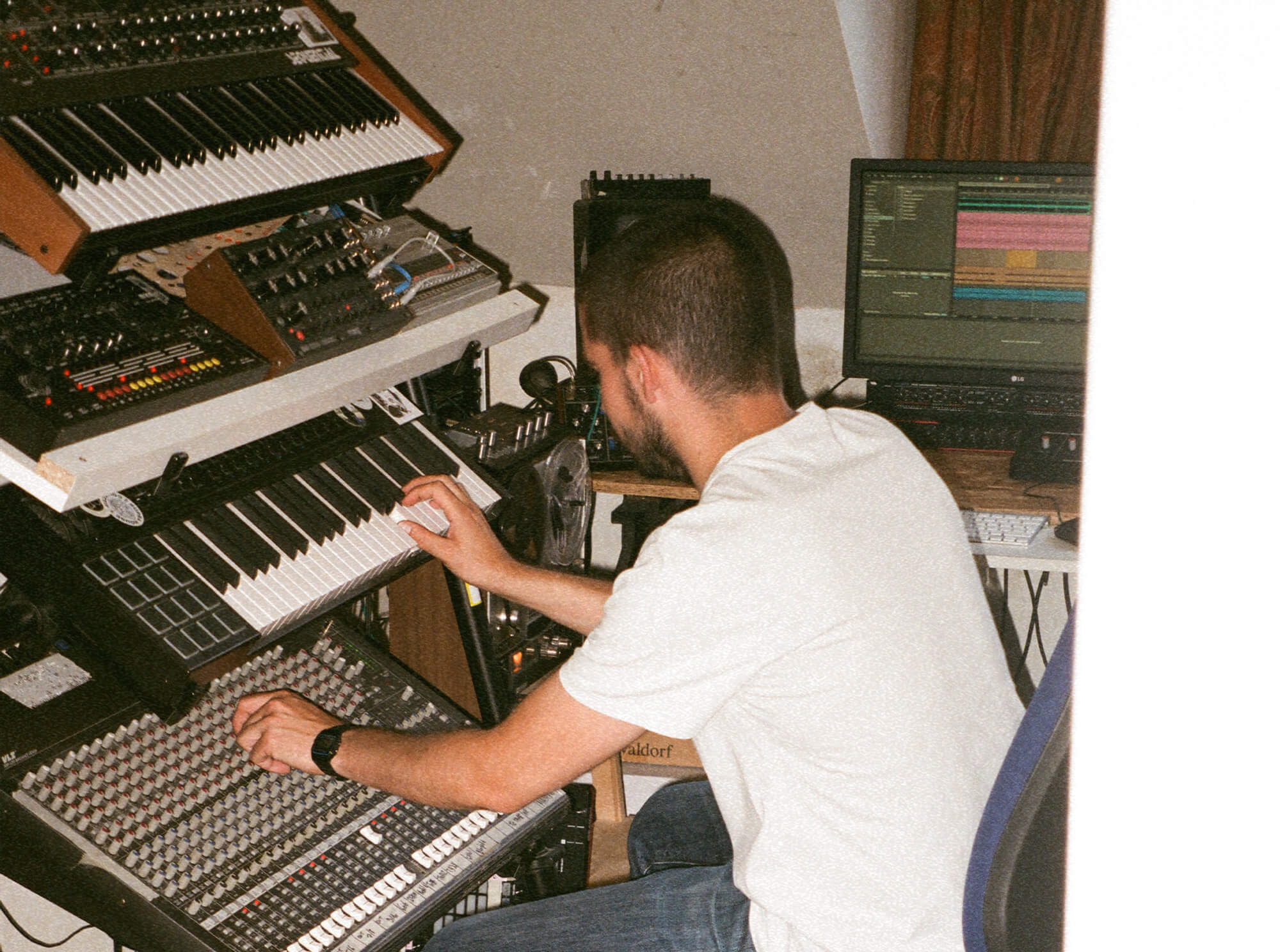
You went back home to Belgium and set up a studio space for this album. How did that affect your production process?
If I had to define the way these studio changes affected my music, there would be two.
First, the house in which I installed my studio used to be my grandparents’ house in Brussels (and my grandfather still lived there at the time). It is filled with memories from my childhood and my teenage years. Also, my grandparents have always been a very important part of my life. They are people for whom I have great admiration because of where they come from and the things they accomplished in their life.
It isn’t easy for me to put into words these emotions I felt, but it was like living in a “madeleine de Proust bubble”. Producing and composing in this very intimate time shuttle made me want to express more personal emotions and melodies. I wanted to find myself.

When I left for Belgium, I left all my musical partners and friends in Paris, which resulted in a somehow forced musical isolation. It allowed me to be a lot more alone with myself, without all the noise of my daily life.
Secondly, I went from producing in a co-rented studio to having a studio in my bedroom. I managed to move with most of my gear but the studio was set up differently. It was a little more DAW-centred, as I was sitting constantly in front of my screen instead of my mixer. It didn’t affect my recording process as all my synths were still hooked to the mixer, then going into my interface, but it made me record things quicker, and start building sections immediately instead of getting stuck on the same loop for hours.
Tell us a bit more about the bedroom studio.
In Belgium, it’s located in my bedroom in my grandparent’s house in Ixelles (a commune of Brussels). I was literally sleeping between cables and synths (and my girlfriend too – but she’s kind) so it was really a return to my early adult years when I didn’t have a proper studio space.
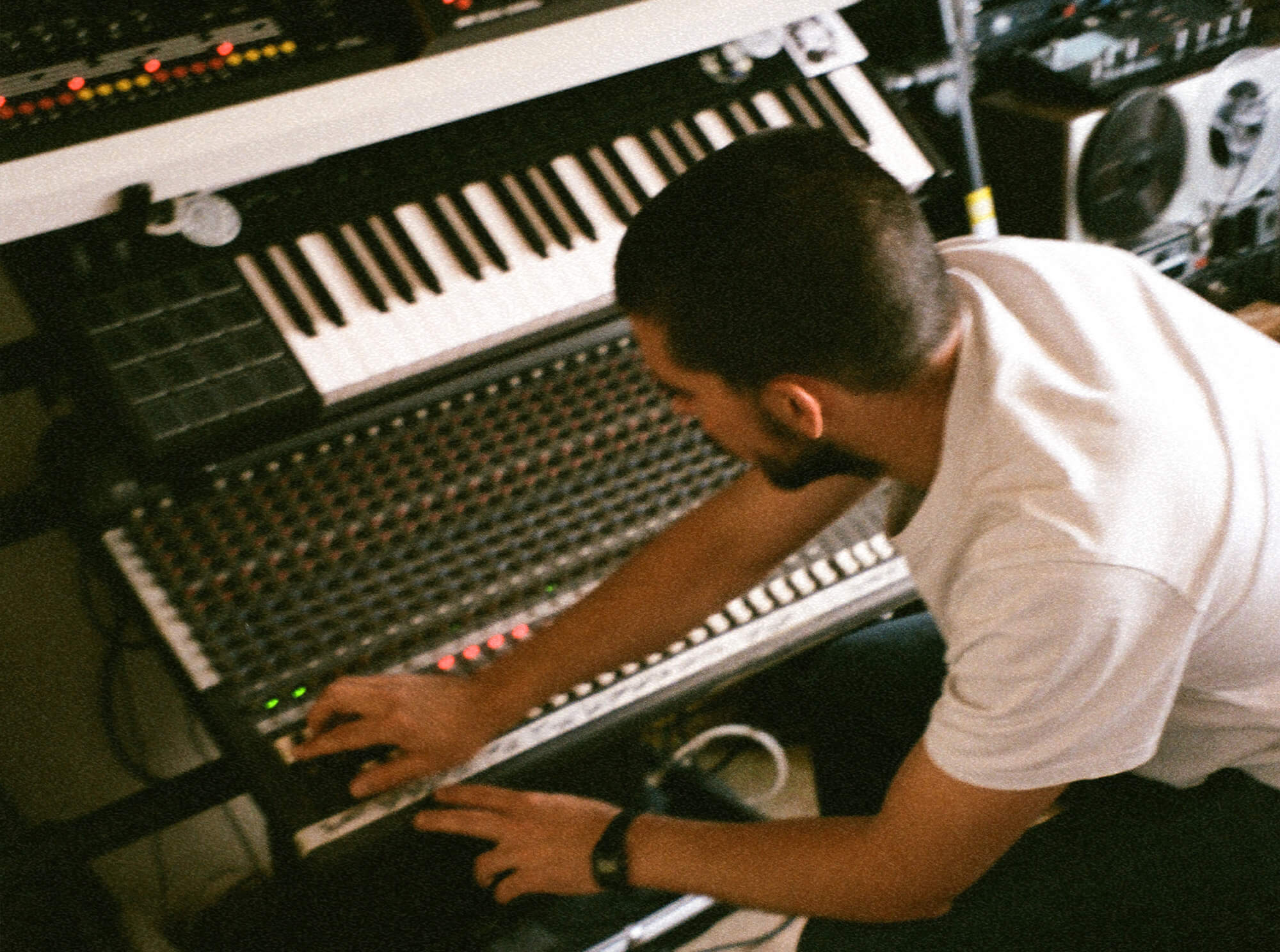
How did you use the gear in your setup?
That’s a tough question. In terms of logistics, we have a bunch of synths and drum machines and hardware effects and sound processors all plugged into a Midas mixer. The mixer master outputs go into Universal Audio Apollo inputs 1/2 and two groups of the Midas are hooked to a Scarlett 18I20 that is itself plugged in via ADAT to the Apollo ADAT input.
So really, the mixer is the centre of the studio. It’s right in front of the speakers, all the synths and outboard effects are accessible through sends or insert cables, and the idea is to be able to jam and play every synth in the room at the same time if I feel like it.
Most of the time I do the mixing as I edit it in Ableton Live, mostly adding EQs, panning, adding a main room and hall reverb, and trying to balance the sound right. Often, I process the drums as a group adding pre-amps such as the Soundtoys Radiator. If I have to record more ‘artistic’ effects like dub delays or send a snare in through a reverb, I love using outboard effects. My interface’s outputs are connected to a stereo track on the mixer and I can then add whatever I want by recording only the wet signal.
Once I’ve edited and mixed the track for the first time, it’s usually late and I have to leave the studio to catch the last metro. I listen to the track a few times on various sound systems and then come back to the studio a few days later to correct the mix.
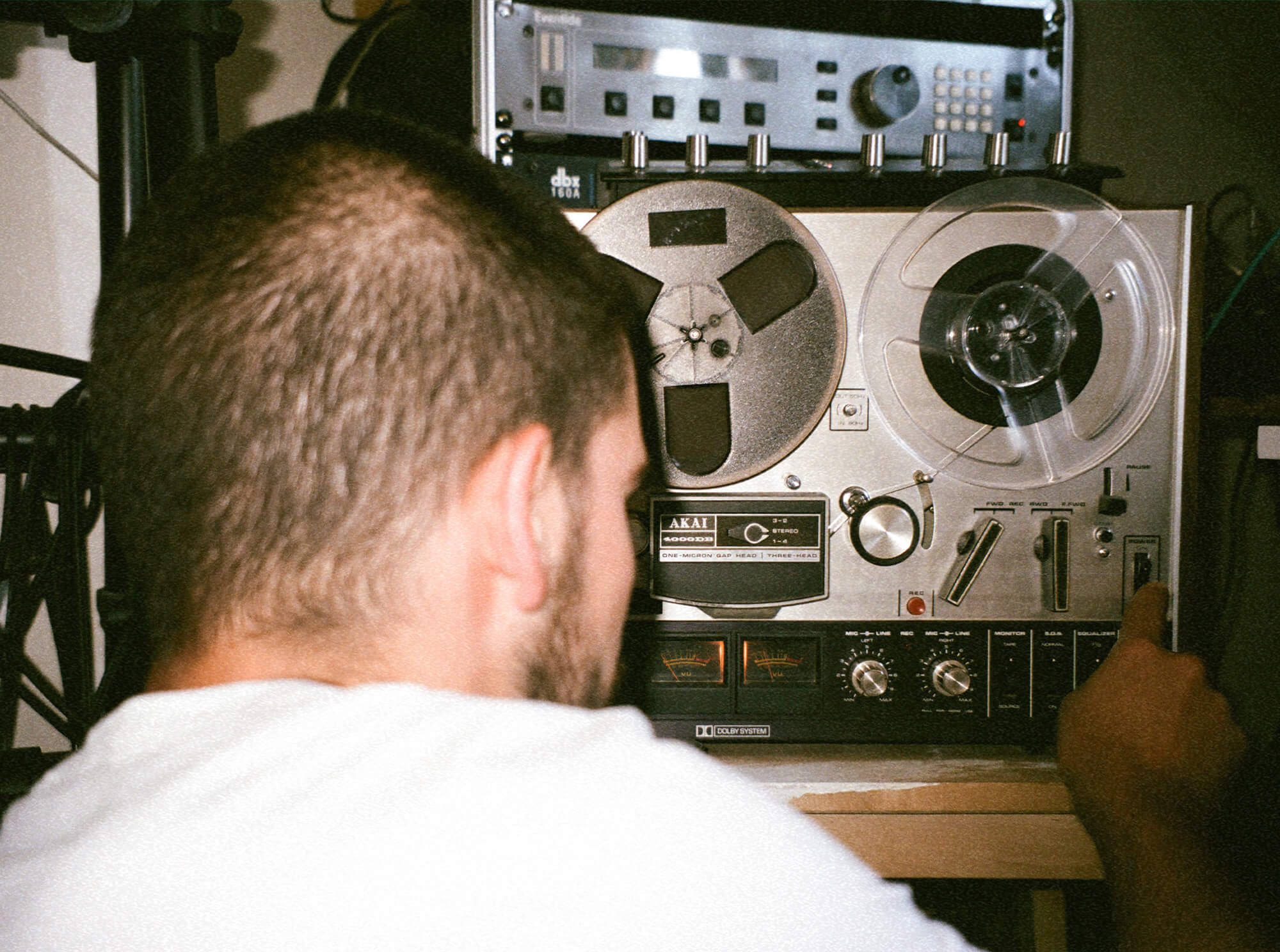
What atmosphere do you try and create in the studio?
I try as much as I can to be in a cosy, slightly dark but colourful environment. I try to create a mood in which I can escape, almost spiritually. I use a lot of dim lights, incense, essential oils etc. to make the place as comfortable and dreamy as possible.
What is your favourite piece of gear?
A friend recently lent me his MFB Tanzbär, and I am dying to buy it from him. From the first time I started playing around with it, I fell in love. It has such an organic and gentle yet powerful sound. You can create heavy loops just as much as a gentle bossa nova rhythm. Its sequencer is powerful too.
What synth or effect can be heard the most on your new release?
Definitely my Eventide H3000SE. There is a little bit of him everywhere on this record. Whether it’s just a chorus, a room or a delay, it is an incredible machine. It is, to me, one of the most artistic-sounding multi-effect units I’ve heard. It just makes the world a better place. If I could, I would probably process my life through it.
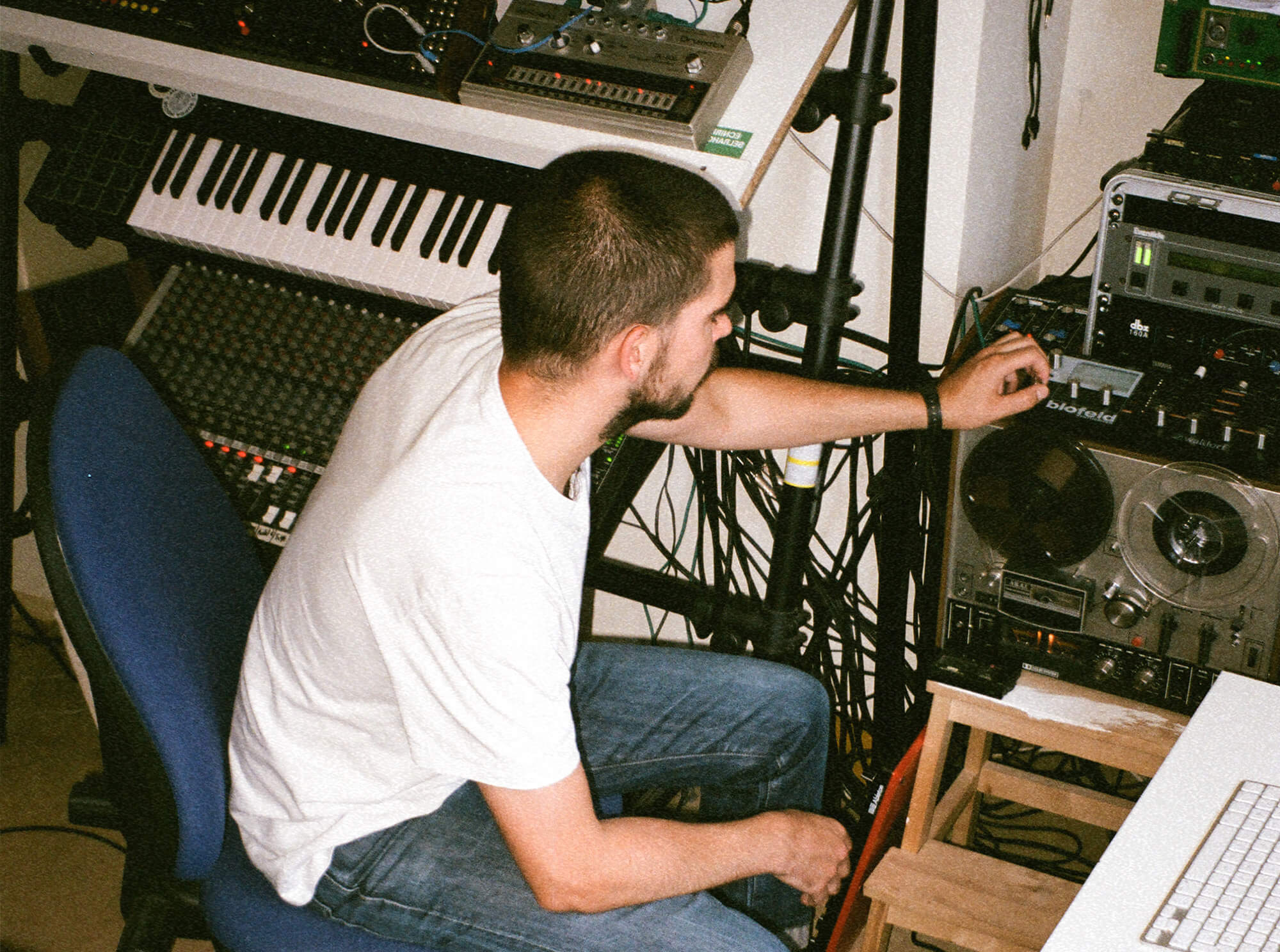
What is your dream piece of gear?
Probably a Roland RE-201 Space Echo. It isn’t a very expensive dream, but it just sounds incredibly good.
What is your top piece of production advice?
When building a track, often less is more. When you are stuck, it’s better to take away stuff, add them again later, and then add more layers.
What is the one piece of advice you would give someone starting out building a studio?
Building a studio is time- and money-consuming, but it is extremely rewarding. And don’t think you need all the best gear; buy gear you like and that you feel works for you. A €200 synth with a lot of character is better to me than a €2500 beast that everyone has. Little by little, you’ll end up with something personal and it will reflect in your music.
Tour-Maubourg’s Space of Silence is out now.